Explore these great gardens while you can
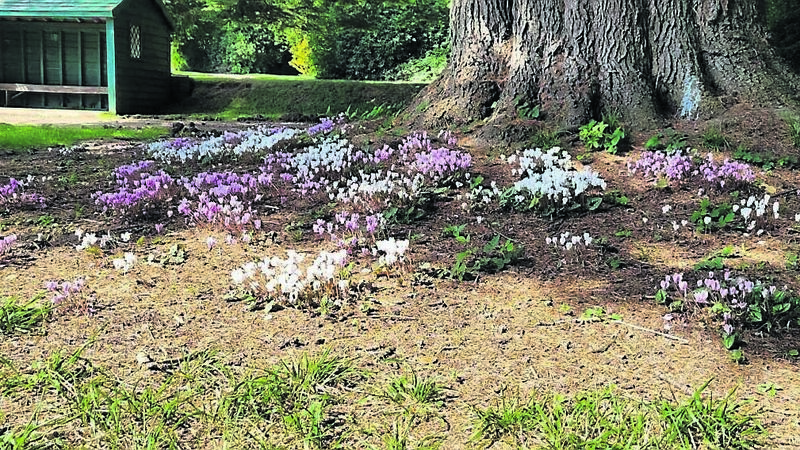
A carpet of cyclamen under a mature pine in the gardens at Curraghmore
SEPTEMBER can be a great month in the garden, and we were certainly off to a good start, until the rain intervened!
It is a great month to get out and about and get inspired by other gardens, stocking up on ideas for our own spaces as we head towards a time of making plans and changes in the garden.
Our neighbouring county Waterford in the sunny south-east is a great place for gardens and on a recent trip I visited some gems. There is certainly a touch of autumn in the air, but gardens are looking good and it is great to get out and see what other gardeners have been creating over the last growing season.
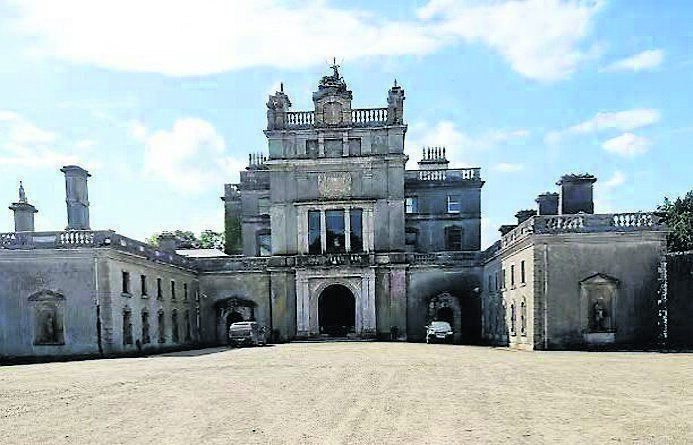
At the heart of County Waterford is one of the largest private demesnes in Ireland, Curraghmore Estate. The name is derived from the Irish, An Currach Mor, meaning the great Bog.
It is home to the Marquis of Waterford, Henry de la Poer and his family. The main entrance is situated 1km outside of Portlaw village - X91 X598 is the eircode as there are other side entrances which are not open and the satellite navigation may take you to these.
There are 12 miles of famine relief boundary walls and four wrought iron gates surrounding the estate.
The de la Poer family have resided here for the last 800 years, with each generation making their mark on the 2,500 acres of formal gardens, woodland and grazing fields.
The drive into the house is about 2km long and runs adjacent to the River Clodiagh, which is a tributary of the river Suir. Do be careful driving here as there were very jumpy pheasants everywhere along the banks of the river and roadside when I visited recently.
The house and entrance courtyard are magnificent in scale and make a very big statement at the heart of the Irish countryside. There is symmetry everywhere, with dramatic statutory making some impact throughout the gardens.
The scale of the gardens is very grand, with pathways 8-10m wide on all sides leading to the large man-made lake at the front of the house.
The gardens were originally laid out in 1750 in a classical style, with many cascades, canals and terraces adorned with statuary. Changing tastes led to the desire for a more natural-looking parkland and it is believed that the current layout of the gardens was executed by Louisa Stuart, wife of the third Marquis, aided by the landscape gardener James Fraser some time between 1842 and 1859.
The gardens to the front of the house include formal terraces, balustrades and statutory overlooking the man made lake.
There are three allées, with the central one ascending a mile to the horizon where a large deer sculpture is currently situated. The scale is big and there is certainly a feeling of conquering nature when standing in the middle of this garden, looking out to the countryside beyond.
Champion trees take centre stage in the garden at Curraghmore, with many Irish and British specimen trees growing here.
Many of the trees growing throughout the estate date back to the mid-19th century when they were first introduced to Ireland. Spruce, Cedar, Oak, Acer and Beech all grow in abundance here.
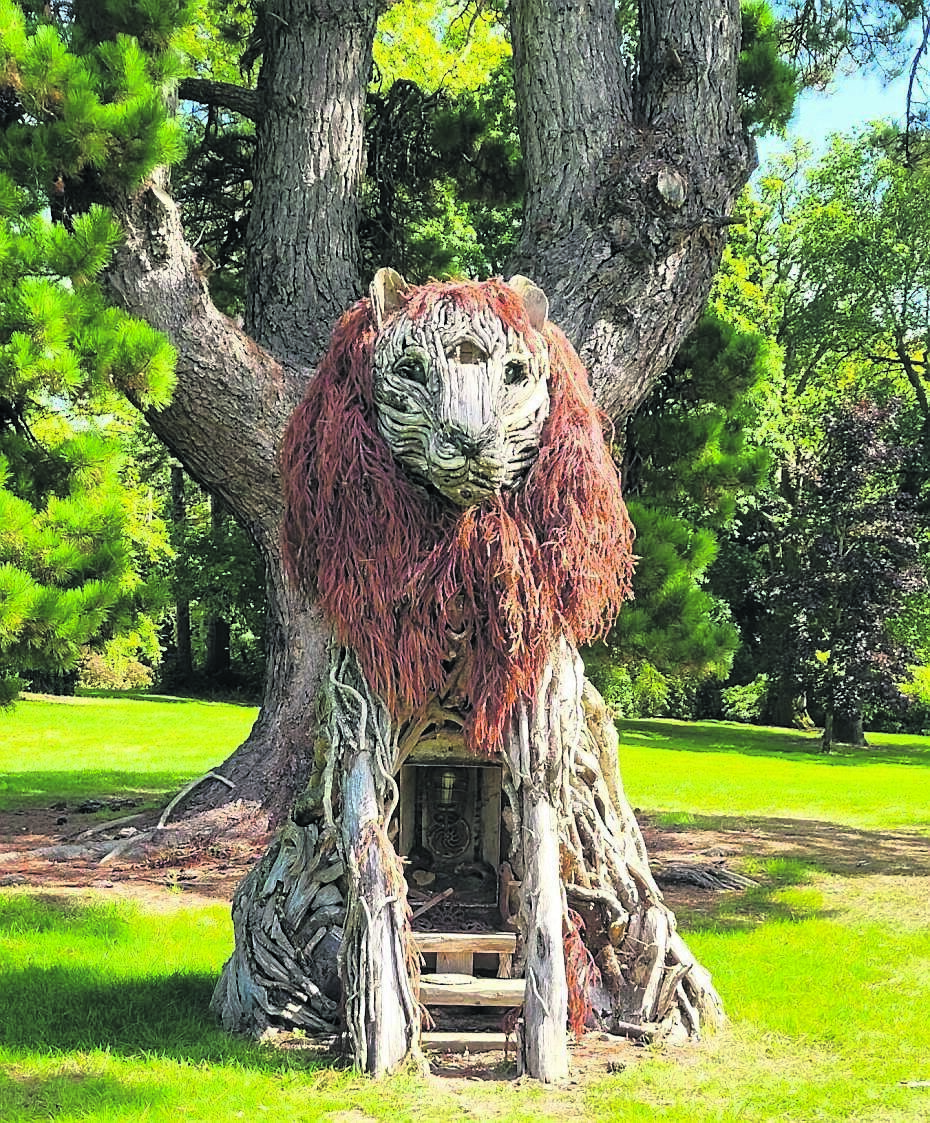
One of the tallest trees in the country is growing on the estate, a sitka spruce (Picea sitchensis) believed to have been planted in the 1830s, measuring 180 feet or 55m tall.
The gardens are home to one of the five largest specimens of Chinese Fir (Cunninghamia spp), an Irish and British champion Japanese Umbrella Pine (Sciadopitys spp) and an Irish champion maritime pine (Pinus pinaster).
There are miles of woodland walks to explore as part of the estate’s woodlands and gardens, which are also home to the oldest bridge in Ireland, King John’s Bridge.
One of the best known features in the garden is the shell house, which was constructed in 1754 under the direction of The Countess of Tyrone, inspired by examples from ancient Greece and Rome.
The shell house is constructed using rounded stones creating the walls and a three dome-shaped stone flagged roof with a window to provide light.
The shells were collected before construction commenced, it is believed from the port of Waterford city, by liaising with sea captains and ship owners bringing vessels from overseas voyages.
The glue used for attaching the shells to the interior walls is believed to have been a mixture of ox blood and hooves boiled down!
At the centre of the house is a life-sized statue of the Countess bearing a scroll in her right hand that reads ‘In two hundred and sixty one days these shells were put up by the proper hands of the Rt. Hon. Catherine, Countess of Tyrone 1754’.
The estate has become well known in recent years as home to summer music festivals like All Together Now, which takes place over the August bank holiday weekend and features many well known musical artists, with camping catered for on site.
The house and gardens are open from May to September, Thursday to Sunday, from 10am to 4pm, with tours running at 11am and 2pm of the house, gardens and shell house on those days also.
There is a coffee shop on site which is opened on Saturday and Sundays.
With a few weeks remaining in September, there is still an opportunity to go see this jewel in Waterford’s crown before it closes at the end of September.
Check out their web page for updated opening times and entry prices.
Happy garden visiting this autumn.



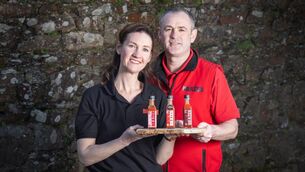
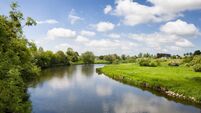


 App?
App?


